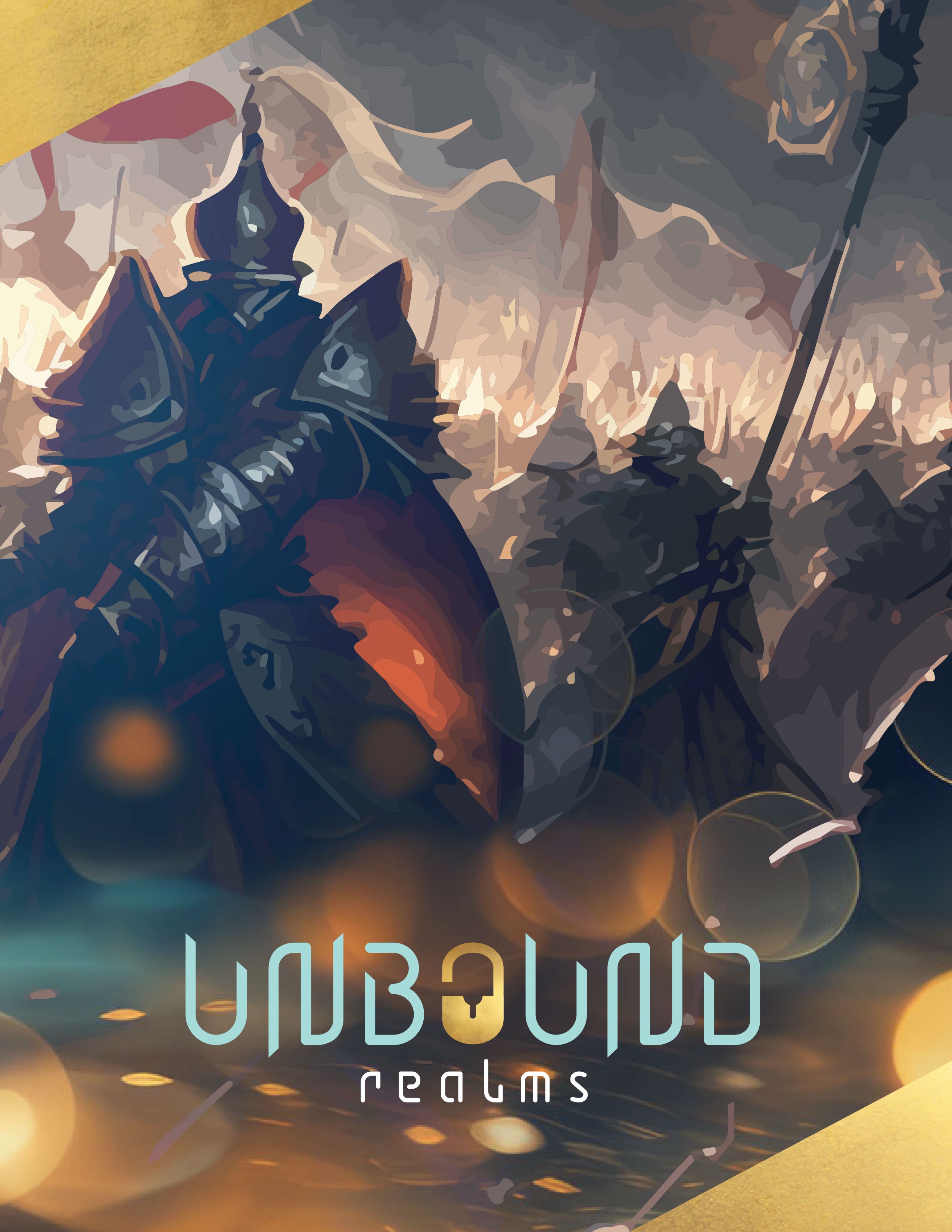Updated Armor
Avoidance Class and Damage Reduction

Armor and Shields
The most common methods of protection, armor and shields, are things adventurers will commonly encounter. A character can only benefit from one set of armor and one shield at a time. The Armor and Shields table shows the most common options available, their price and weight, how they impact avoidance class and damage reduction, and any properties they possess.
Armor
Armor is the most common way to minimize or mitigate damage from your enemies. The Armors table shows the most common armors available, their price and weight, the base avoidance class they provide, and any properties they possess. Every armor is classified as light, medium, or heavy armor. The armor you wear determines your avoidance class, discussed later in this chapter.
Unarmored. While unarmored, you add your full Dexterity modifier to your AC. Certain features, such as the Versatile Defense feature, allow you to add a second modifier to your AC while unarmored.
Light Armor. Light armor is the most flexible, offering unimpeded movement. While wearing light armor, you add your full Dexterity modifier to your AC.
Medium Armor. Medium armor offers a balance of protection and flexibility. While wearing medium armor, you add your Dexterity modifier, to a maximum of +2, to your AC.
Heavy Armor. Heavy armor focuses on full protection. Heavy armor doesn't let you add your Dexterity modifier to your AC, but it also doesn't penalize you if your Dexterity modifier is negative.
Shields
Shields come in varying weights, sizes, and materials. The Armors table shows the most common shields available, their price and weight, the bonus to armor they provide, and any properties they possess. As with armor, shields are classified as light, medium, or heavy. Additionally, shields can be energy or physical.
Light Shields. A light shield is generally affixed to the forearm. While a light shield does not fill the hand, you gain no benefit from it while the hand is full.
Medium Shields. A medium shield is a common defensive technology that protects the user from weapons, the elements, or other hazards.
Heavy Shields. Heavy shields are much larger and offer more protection than their smaller counterparts. Due to their cumbersome size, however, they can only be wielded alongside simple weapons.
Energy Shields. Energy shields are made almost entirely of energy barriers emanating from a physical device. Activating and deactivating the shield can be performed with an object interaction or as a part of donning and doffing the shield. While deactivated, an energy shield's strength number decreases by one step (15 to 13, 13 to 11, or 11 to none).
Simplified Shields
Rather than scaling with Constitution, you might consider simplifying shields to add +1, +2, or +3 to AC by size, respectively.
Physical Shields. Physical shields are made entirely of physical materials. They are cheaper than their generator counterparts, but heavier and requiring greater Strength to wield.
Barding and Plating
Armor is designed for creatures with humanoid anatomy, while barding and plating is designed for creatures with different anatomy, such as beasts and vehicles. For each armor, barding and plating exist at the same price and weight.
Avoidance Class and Damage Reduction
Armor protects its wearer from attacks. The armor you wear—or lack thereof—determines two key capacities: your avoidance class and potential damage reduction.
Avoidance Class
Your avoidance class (AC) comes in four layers: base, armor, possible shield, and possible bonuses.
Base. Your base AC is always 8 + your proficiency bonus.
Armor. Your armor—or lack thereof—impacts your AC as well, and varies depending on the armor’s type, as discussed earlier in this section and illustrated in the Avoidance Class column of the Armor and Shields table.
Shield. If you equip a shield, you add that shield’s bonus to your base AC as well as the AC—if any—added by your armor, as illustrated in the Avoidance Class column of the Armor and Shields table.
Bonuses. Certain features, such as the engineer’s Infuse Item, offer a bonus to AC. These bonuses are in addition to those provided by your base, armor, and shield.
Damage Reduction
Armor also offers passive armor damage reduction (DR) as illustrated in the Damage Reduction column of the Armor and Shields table. Armor DR only affects the damage you receive from attack rolls, as well as any damage you receive from weapons.
Overlapping Armors
Sometimes, you might have multiple features that would apply to your AC and DR. For instance, you might have the Versatile Defense feature and the Natural Armor special trait. In these circumstances, you choose which feature to benefit from.
Armor and Shield Proficiency
While anyone can wear armor or wield a shield, only those who are proficient know how to properly use it. Your class, traits, and feats grant you proficiency with certain armor types. If you wear armor or wield a shield in which you lack proficiency, you have disadvantage on any ability test that involves Strength, Dexterity, or Constitution, you can’t cast, and you can’t add your proficiency bonus to your AC.
If you have proficiency in armor, you have proficiency in the appropriate shield as well.

Armor and Shields
| Name | Cost | Weight | Avoidance Class | Damage Reduction | Properties |
|---|---|---|---|---|---|
| Light Armor | |||||
| Light armor, partial | 250 cr | 7.50 lb | Dex modifier | 1 | — |
| Light armor, full | 500 cr | 10.00 lb | Dex modifier | 2 | — |
| Medium Armor | |||||
| Medium armor, minimal | 500 cr | 15.00 lb | Dex modifier (max 2) | 3 | — |
| Medium armor, partial | 1,000 cr | 20.00 lb | Dex modifier (max 2) | 4 | — |
| Medium armor, full | 2,000 cr | 25.00 lb | Dex modifier (max 2) | 5 | Bulky, strength 11 |
| Heavy Armor | |||||
| Heavy armor, minimal | 1,000 cr | 35.00 lb | — | 6 | Bulky, strength 13 |
| Heavy armor, partial | 2,000 cr | 45.00 lb | — | 7 | Bulky, strength 15 |
| Heavy armor, full | 4,000 cr | 55.00 lb | — | 8 | Bulky, strength 17 |
| Shield | |||||
| Light shield, energy | 125 cr | 1.50 lb | Con modifier (max 2) | — | Strength 11 |
| Light shield, physical | 50 cr | 3.00 lb | Con modifier (max 2) | — | Strength 13 |
| Medium shield, energy | 375 cr | 3.00 lb | Con modifier (max 3) | — | Strength 13 |
| Medium shield, physical | 150 cr | 6.00 lb | Con modifier (max 3) | — | Strength 15 |
| Heavy shield, energy | 1,250 cr | 6.00 lb | Con modifier | — | Obtrusive, strength 15 |
| Heavy shield, physical | 500 cr | 12.00 lb | Con modifier | — | Obtrusive, strength 17 |
Armor Properties
Many armors and shields in the Armor table have properties related to their use. These properties are defined below.
Bulky
While wearing armor with this property, you have disadvantage on Dexterity (Stealth) checks that rely on sound.
Obtrusive
While wielding a shield with this property, you have disadvantage on Dexterity (Stealth) checks that rely on sight.
Strength
While wearing armor or wielding a shield with this property, your speed is reduced by 10 unless your Strength score meets or exceeds the strength number.
Armor and Shield Appearance
While every armor has a name, it doesn’t come with a description. You can choose the appearance of your armor as appropriate to your character and setting. For instance, full light armor in a fantasy setting is typically studded leather, whereas in a sci-fi setting it might be a flex-weave combat suit. On the other hand, full heavy armor would likely be a full suit of plate in a fantasy setting, whereas it might be an exoskeleton in a sci-fi setting.
Regardless of its appearance, armor is always recognizable as such unless otherwise specified.
Donning and Doffing Armor
The time it takes to don or doff armor depends on the armor's category. If you have help, you can reduce the time it takes to don or doff armor by half.
Don. This is the time it takes to put on armor or wield your shield. You benefit from the armor only if you take the full time to don the suit of armor.
Doff. This is the time it takes to remove armor or store your shield.
Donning and Doffing Armor
| Category | Don | Doff |
|---|---|---|
| Light armor | 1 minute | 1 minute |
| Medium armor | 5 minutes | 1 minute |
| Heavy armor | 10 minutes | 5 minutes |
| Light shield | 1 reaction on your turn | 1 reaction on your turn |
| Medium shield | 1 bonus action | 1 bonus action |
| Heavy shield | 1 action | 1 action |
Variant: Casting Failure in Armor
In some realms, casting in armor might come at the consequence of failure, regardless of armor proficiency. This variant rule, found in Appendix F, can help you introduce this concept in your campaigns.


Blah blah flavor text bullshit
